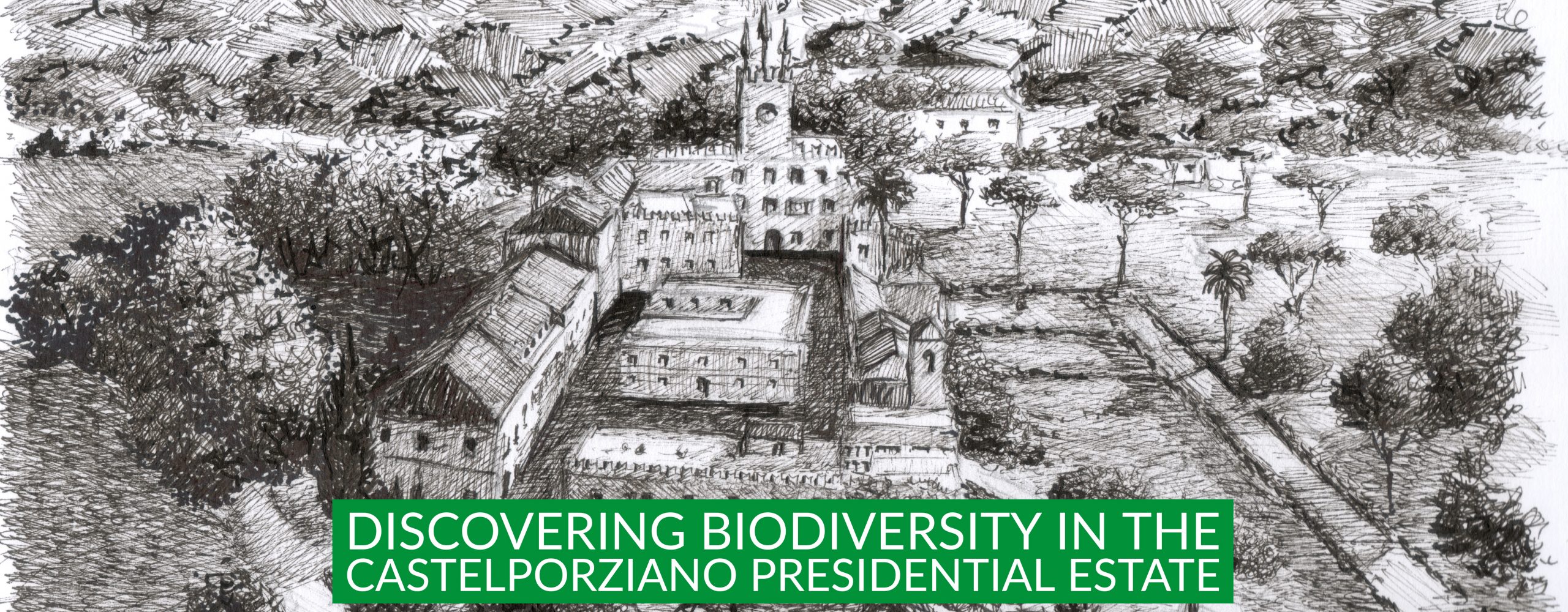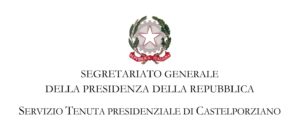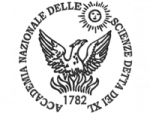About
The Castelporziano Presidential Estate, the National Academy of Sciences and University of Salento have been collaborating for the past 5 years within the frame work of LifeWatch Italy. This minisite collects the most recent scientific initiatives jointly undertaken to monitor the astonishing variety of life which has been populating the Castelporziano Presidential Estate, and aims at supporting its dissemination towards the general public.
In the short journey you are about to undertake on this site, you will be able to further deepen your knowledge about the Presidential Estate of Castelporziano. In the ‘Scientific Games’ section you will have access to a series of games, at different levels of difficulty, so can learn about Castelporziano, in all its historical, naturalistic and cultural aspects in a fun way. Before starting the games, read the materials and check out the links suggested for each game; if, on the other hand, you want to satisfy your curiosity about Castelporziano first, put yourself to the test and jump straight into the games, then go through the supplementary materials by way of further study.
The creation of the Castelporziano Biodiversity dataset is part of the “Systematisation and geospatial analysis of the environmental monitoring data of the Castelporziano Estate” project, funded by the National Academy of Sciences known as the XL, under the scientific supervision of Prof. Alberto Basset (University of Salento) and Prof. Emilia Chiancone (President of the Academy of XL).
The dataset, updated in 2019, includes 6129 taxa. In addition to the updated taxonomic classification for each taxon according to the international reference nomenclature, each entry shows whether it is an alien species or a species present in the IUCN Red List and / or in the annexes of the Habitats and Birds Directives.






